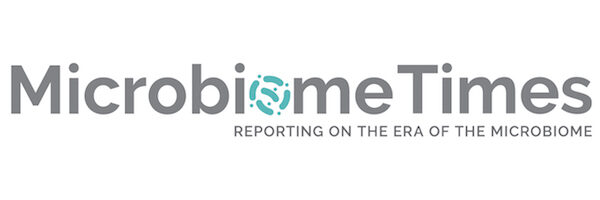
In a study by a research group at Baylor College of Medicine, oral administration of a commercially available probiotic bacterial strain was found to improve dry eye disease in an animal model. The findings were presented at ASM Microbe 2023, the annual meeting of the American Society for Microbiology.
Dry eye, a common condition in which tears produced by the eye can’t keep the eye adequately lubricated, afflicts approximately 1 in 20 people in the United States. It can cause eye stinging and burning, inflammation, blurry vision and light sensitivity. Extreme cases can result in damage to the eye’s surface if left untreated. The most common treatments involve the application of eye drops, gels or ointment. This new, unconventional treatment involves bacteria in the intestinal tract.
Presenting author Laura Schaefer, Ph.D., of Baylor College of Medicine in Houston, Texas, said,
“The ‘friendly’ bacteria that live in the human gastrointestinal tract have been linked to health and protection against disease in many parts of the body, including the gut, brain and lung. It’s therefore not surprising that the gut microbiome also has effects on our eyes.”
Previous work by this research group showed that mice given gut bacteria from human Sjögren syndrome patients with severe dry eye developed worse eye disease under dry conditions than mice that were given gut bacteria from healthy human patients. This suggests that the gut bacteria from healthy people help to protect the surface of the eye in dry conditions. One possible treatment avenue for dry eye would involve probiotic bacteria that have similar protective effects. The group investigated this by using an orally administered probiotic bacterial strain, Limosilactobacillus reuteri DSM17938, in a dry eye mouse model. DSM17938 is a human-derived, commercially available probiotic bacterial strain that has already demonstrated protective effects in the gut and immune system in humans and mice, but it has not been tested in the context of eye health.
Mice were first treated with antibiotics, which kills many of the “friendly” bacteria living in the gut. They were then exposed to very dry conditions and fed daily doses of either probiotic bacteria or a saline solution as a control. After 5 days, the eyes were examined for disease. The mice that were fed the probiotic bacteria had healthier and more intact corneal surfaces. In addition, these mice had more goblet cells in their eye tissue, which are specialized cells that produce mucin, an essential component in tears. Taken together these data suggest that the right oral probiotic could help treat and manage dry eye symptoms.
The authors in this study are Laura Schaefer, Robert Britton, Steven Pflugfelder and Cintia de Paiva. The research was performed in the laboratory of Dr. Cintia de Paiva in the Department of Ophthalmology at Baylor College of Medicine and supported with funds from the National Institutes of Health and the Research to Prevent Blindness Foundation.

